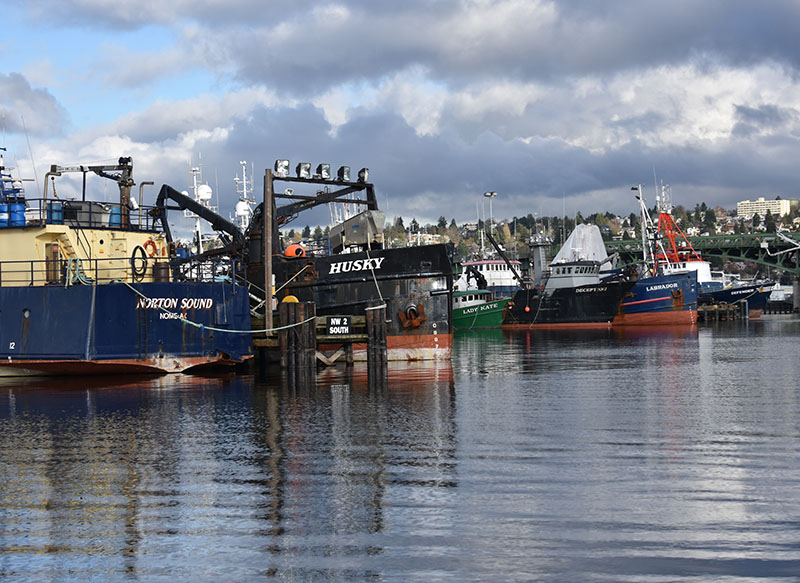
“It’s clean water, it’s organics, it’s nutrients, it’s energy we can redistribute, ultimately resulting in no waste at all.Nectar, DEEP N BΔSS & Solid Sound present: Bluetech, The Human Experience - David Block, Phaeleh & Lapa.Įvan Bartholomew has been performing electronic music for nearly 20 years as Bluetech, Evan Marc and Invisible Allies. “Wastewater isn’t really waste at all,” Mr. It will even recover and reuse the heat energy from wastewater.
Bluetech seattle install#
In San Francisco, a system that Epic Cleantec will install in a proposed 55-story mixed-use development called 10SVN will recycle not just black water, saving an estimated $12 million over the first decade, but also solids in the waste stream into organic soil. “Companies moving here from California are interested in sustainability and want to make sure there will be a secure water supply.”Ĭutting-edge examples will include even more resource and energy savings. “It’s a paradigm shift, seeing building owners bring their own water to the table, so to speak,” said Katherine Jashinski, a supervising engineer for Austin focused on on-site water reuse programs. To meet some of that demand, the city offers incentives for developers to install reuse systems, and it plans to eventually make them mandatory.

Rafael Mandelman, a member of the city’s Board of Supervisors, has proposed doubling the amount of water that new buildings need to collect and reuse, and including buildings of 100,000 square feet or more.Īn analysis in Austin, Texas, predicted that the number of water customers in the fast-growing state capital would quadruple in 100 years. A 2012 ordinance established standards for reuse, and it was updated in 2015 to require new buildings larger than 250,000 square feet to collect, treat and use gray water, a term for wastewater minus toilet waste. San Francisco has been at the forefront of water conservation. “It’s pretty obvious when there’s a storm and the East River smells like poop,” Ms. Resilience and sustainability are mandatory design criteria to protect the long-term value of the developer’s assets, which benefit from a clean waterway, said Bonnie Campbell, principal at Two Trees Management, the firm leading the project.Īnd residents are acutely aware of water quality. On the Brooklyn waterfront, the 11-acre, roughly $3 billion Domino Sugar Refinery redevelopment will feature a more than $10 million black-water system designed not only to cut water use but to reduce pressure on storm-water systems. Water reuse isn’t being embraced just in drought-stricken Western states. A new nonprofit utility, Mission Rock Utilities, will build and manage both it and a central thermal energy system. Every building on the site, which broke ground this year, will tie into it over time. Mission Rock, a 28-acre, $2.5 billion multiuse waterfront project led by the San Francisco Giants and developed by Tishman Speyer, will use a black-water system.

But there is long-term payback, especially if the cost of water rises over time. von Almen, who declined to specify costs or savings figures. Salesforce installed the black-water system primarily to demonstrate leadership on the issue, said Ms. “But now, states like Hawaii and Washington are looking to create systems that model what San Francisco did.” “A few cities, like San Francisco, Los Angeles, New York City and Boston, are creating the regulatory frameworks to expand this technology,” Mr. Much of the technology behind water reuse is long established and relatively easy to install and operate, but it requires that local regulations catch up. Commercial real estate is “where the balance of the pendulum” is for water conservation, said Paul O’Callaghan, the founder of BlueTech Research and a co-producer of the 2020 documentary “Brave Blue World: Racing to Solve Our Water Crisis.” Roughly a third of the water use in San Francisco, for instance, takes place in commercial buildings.


 0 kommentar(er)
0 kommentar(er)
